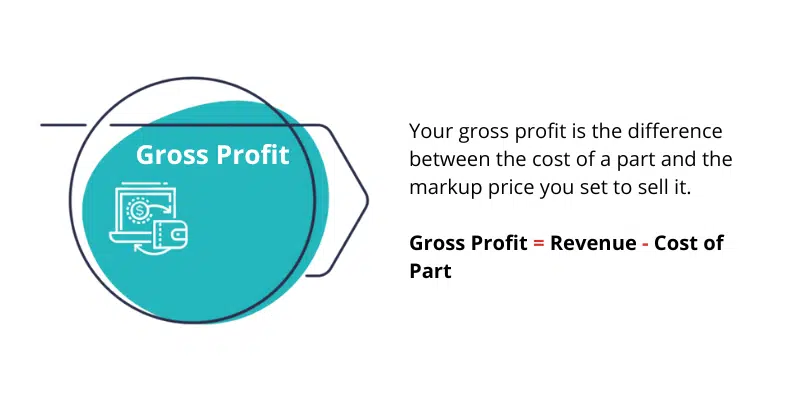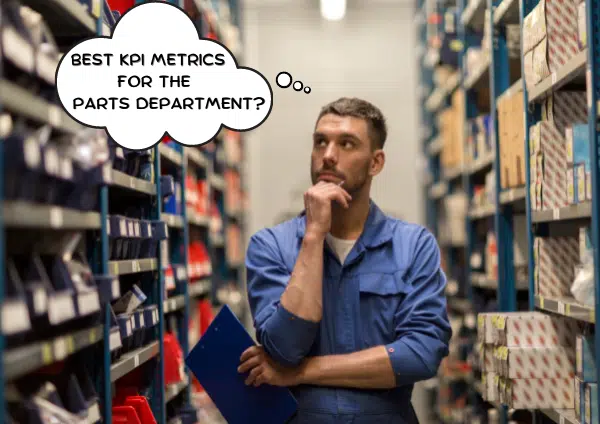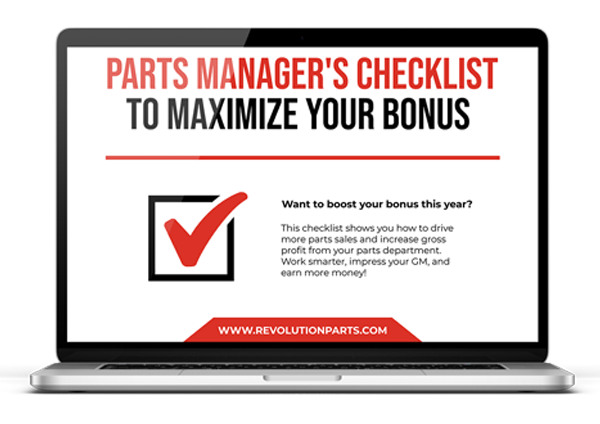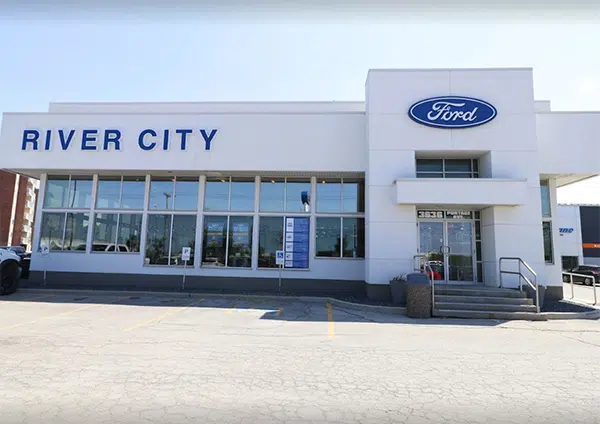Your parts department has a lot of untapped potential. If you want to run a profitable parts department and be a hero at your dealership, you will need to be sure you measure the right Key Performance Indicators (KPIs) to ensure the success of your department.
KPIs help you understand how well your parts department is performing and show where you can make improvements. By measuring the right KPIs, you will be able to grow your parts department faster and exceed goals. Here are the top KPIs that every parts manager should be measuring to ensure their department is performing at its best.
- Days Supply
- Obsolescence
- Sales Mix
- Gross Profit
- Return on Investment (ROI)
Calculating Days Supply
How well your inventory is stocked is probably one of your most important KPIs, and it can help you improve your month-end reconciliation. It is crucial that you are able to calculate the supply needed for 30, 90, and 360 days.
Knowing your days supply and having a deep understanding of your inventory needs, you can get ahead of any issues that would otherwise occur, such as high seasonal demand and keeping ancillary products in stock. Without knowing your days supply, your inventory can be out of balance, leading to inadequate inventory and obsolescence.
Letting your inventory get out of hand can become a problem for your parts department. If your stock levels are too low, customers cannot buy the parts they need, leading to dissatisfied customers who may not return. This can also cause issues with your service department if they cannot provide timely repairs and services.
Knowing Your Annual Stock Turns
Once you know your days supply, you can calculate your annual sock turns or how often your inventory turns over in a given year. This can help you keep track of your inventory costs vs. how much it is being sold for. A low turnover rate may lead to overstocking, while a high turnover rate can impact your ability to meet demands.
Are Your Obsolescence Levels in Check?
Do you have parts that have been taking up space on your shelves just collecting dust? If so, they cost you money every day they sit there. Knowing your obsolescence levels is a key measurement of how well your parts department is doing.
High levels of obsolescence mean your inventory may not be as well regulated as it should be, or perhaps you have custom orders that a customer never picked up. If you don’t know your obsolescence levels, you may not realize there is a problem until your department is over-stocked with obsolete parts.

What is Your Sales Mix?
Your sales mix is a calculation of the different types of parts you sell. Not all auto parts are sold equally, and some will have higher profit margins than others. On the other hand, some parts will sell in more volume than others and result in high profits. Either way, you need to be sure your inventory is stocked with the right balance to meet demand.
If your sales mix changes, your profits can change. By measuring your sales mix, you can keep a good balance of parts that have high-profit margins and parts that have high-profit volume.
Keep Track of Your Gross Profit
Unsurprisingly, your gross profit is a very important KPI. Your gross profit is the difference between the cost of a part and the markup you set to sell it at. You should know the gross profit of your parts department and the profit of each type of part being sold.
This will tell you how much you are making before your expenses. It is important to note that your gross profit does not determine how much profit your department is making but rather how much profit you are bringing in before payroll, taxes, and overhead.
While this will not determine how much profit your department is making at the end of the day (this is Net Profit Margin), it will tell you whether your parts department is efficient and where you are making money. This will help you make better financial decisions in the future.
Know Your Return on Investment (ROI)
Return on investment (ROI) is a metric that helps evaluate financial performance and understand how profitable your investment is by comparing how much money you have invested in your stock versus how much you get in return. The higher your ROI, the better your parts business is doing financially.
ROI is different than gross profit. Gross profit focuses on your department’s overall performance, while ROI focuses on the investment value of your stock.

Increase Profits and Performance of Your Parts Department
Now that you know what KPIs you should be targeting, let us show you how to exceed your goals without increasing staff. Download our FREE guide to learn how you can HULK SMASH your KPIs in one easy step.









